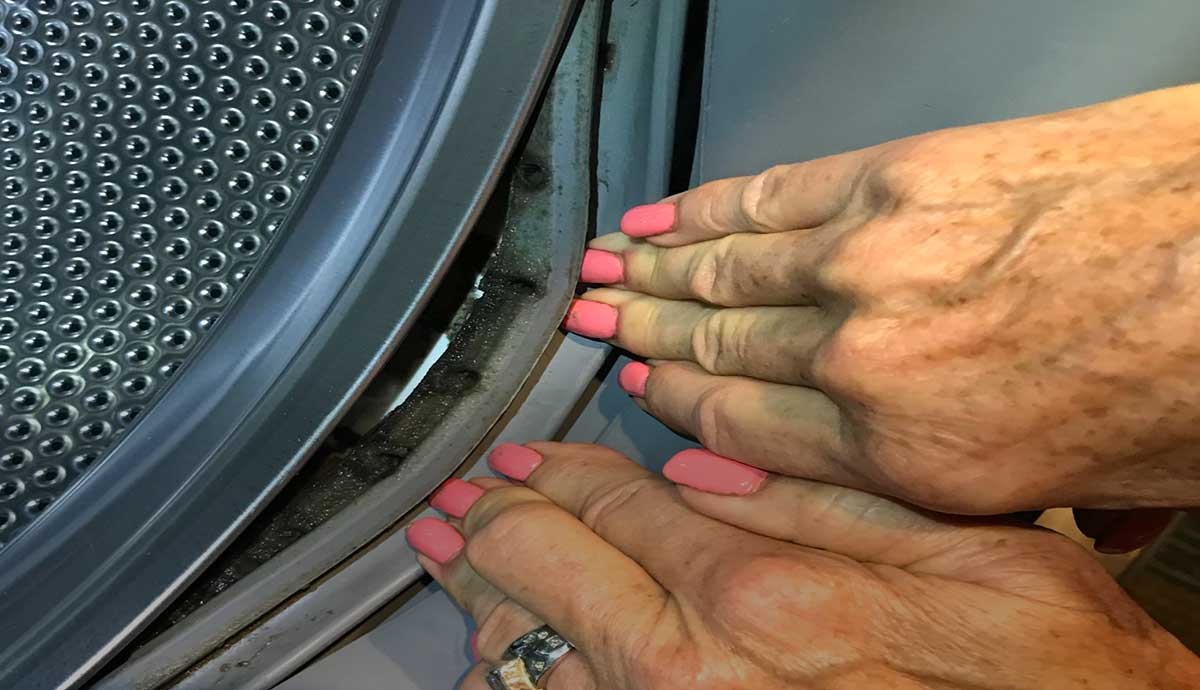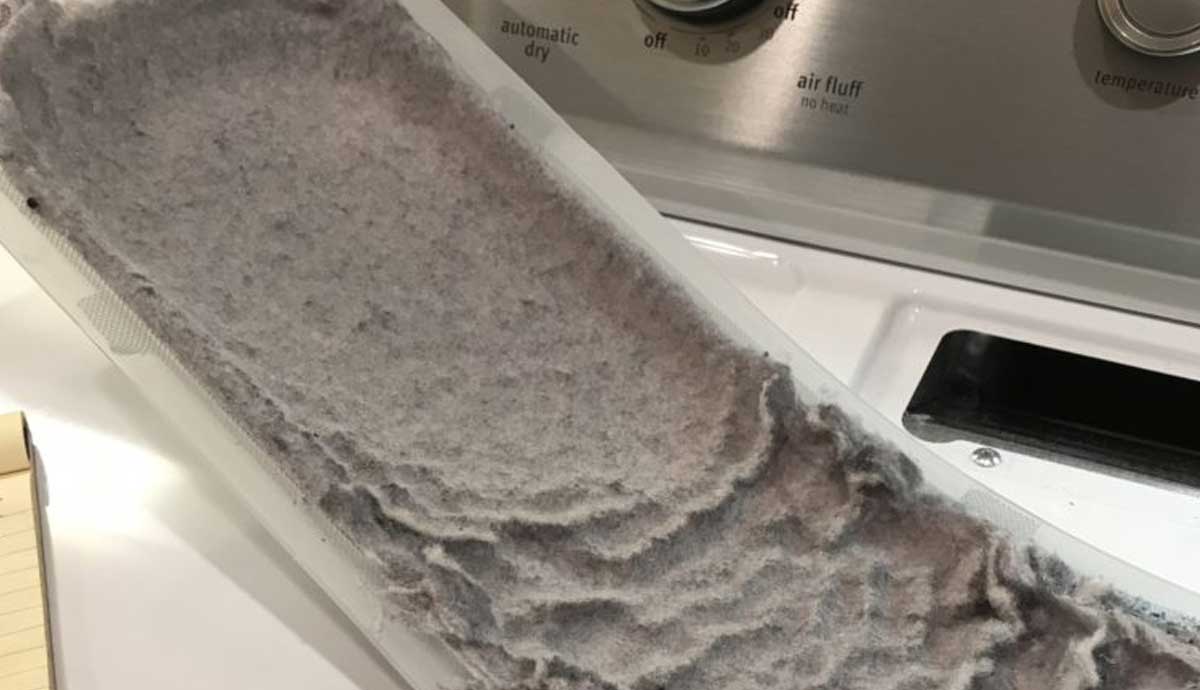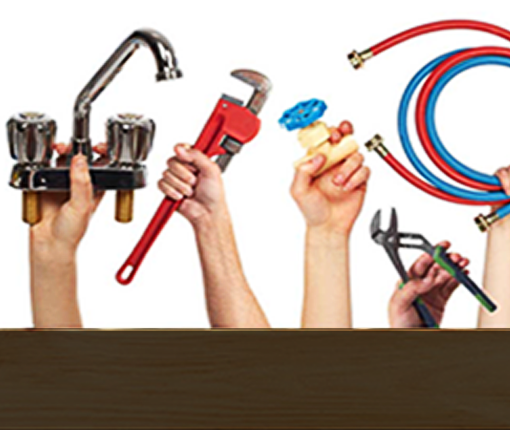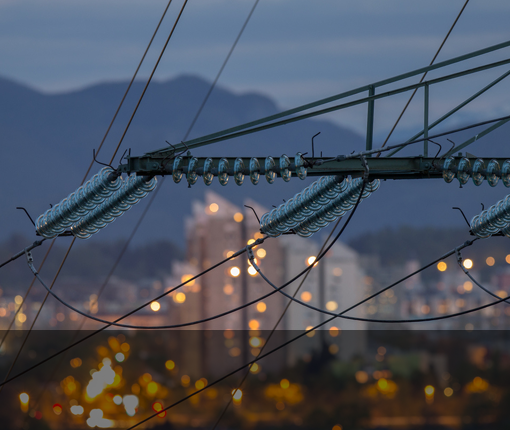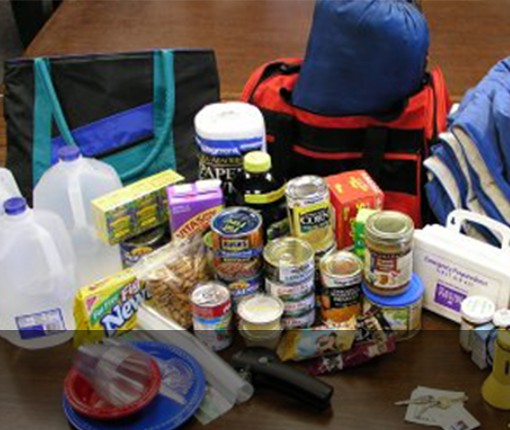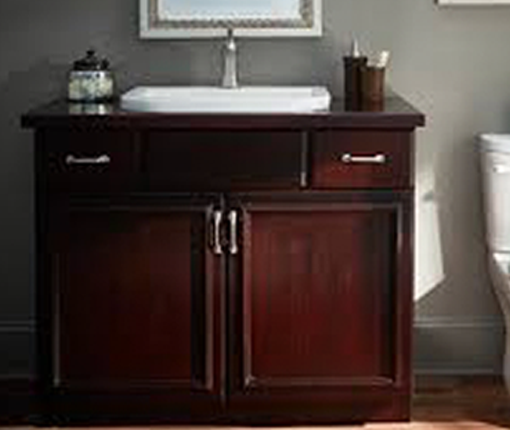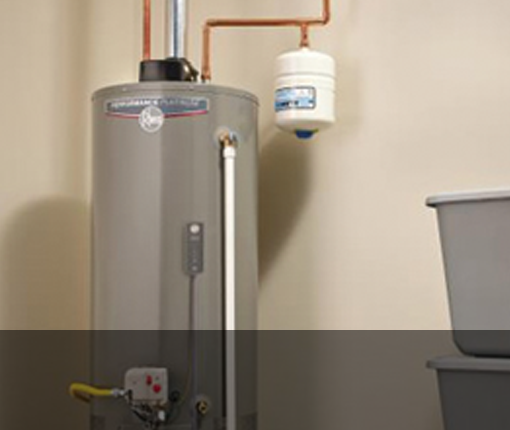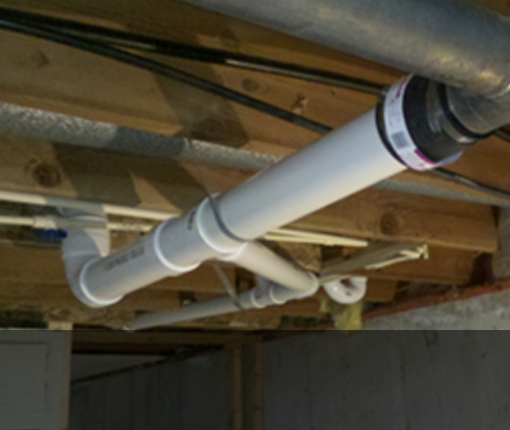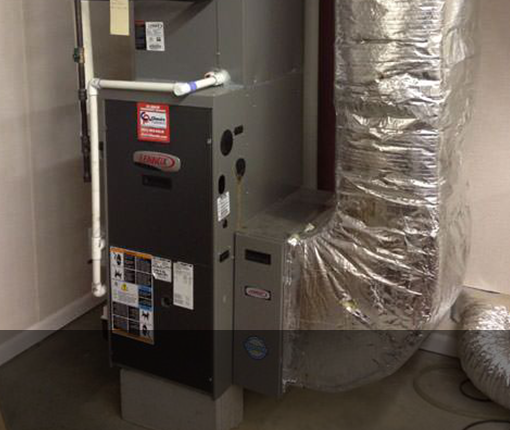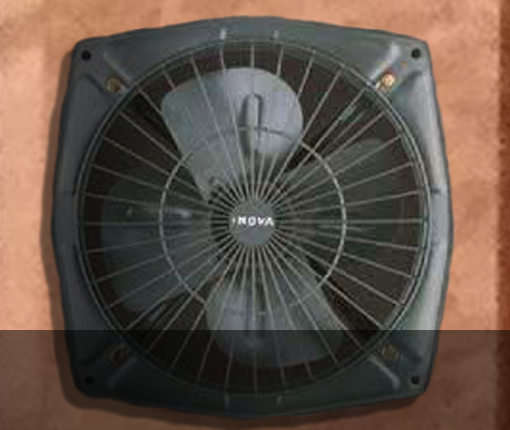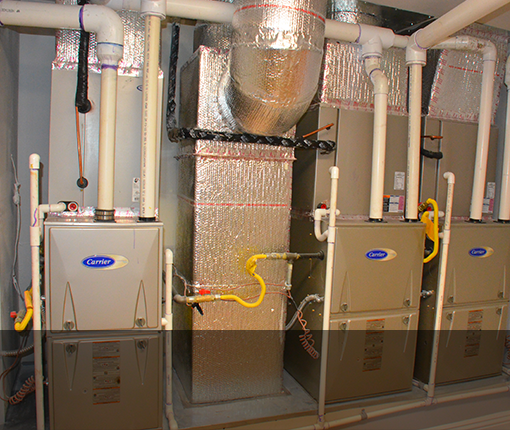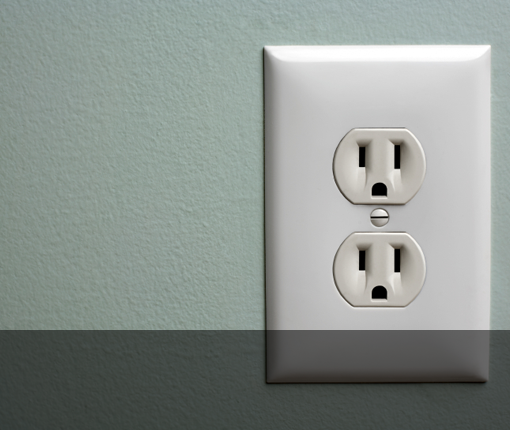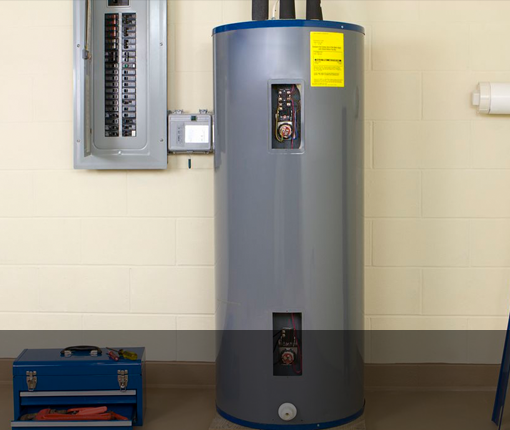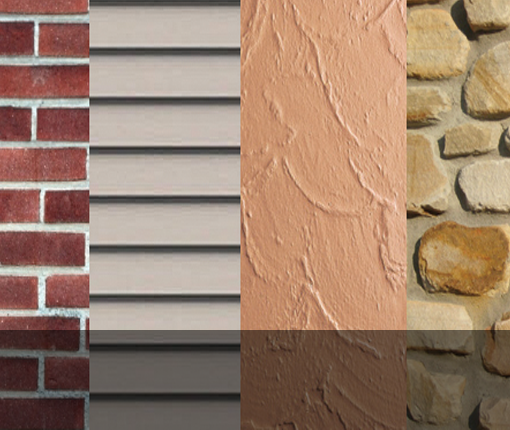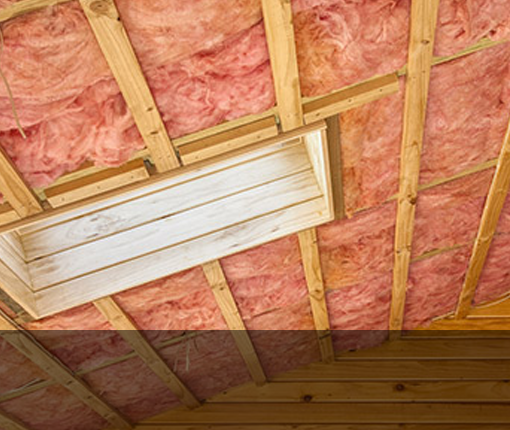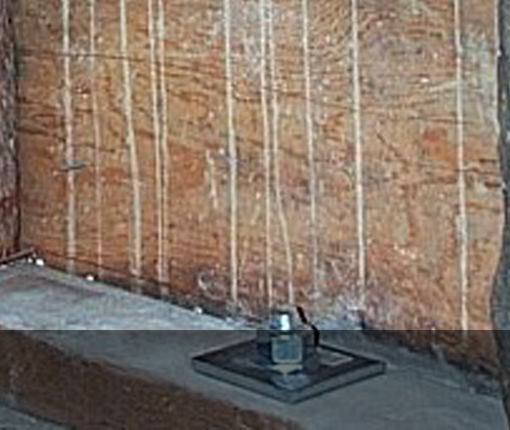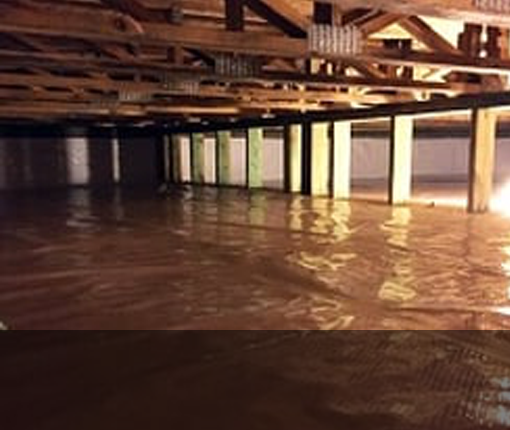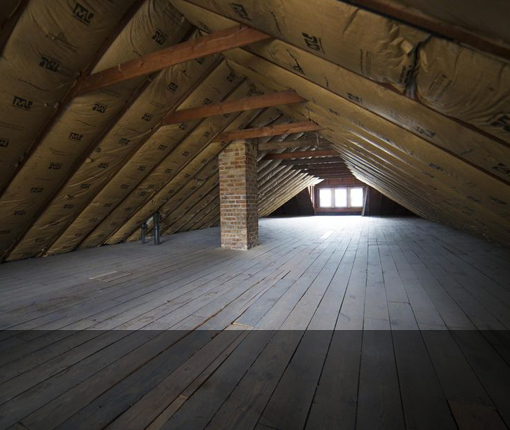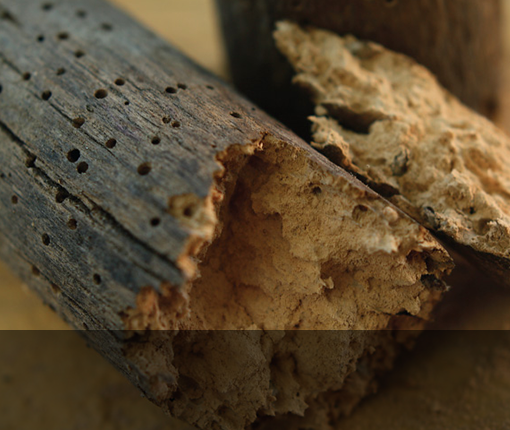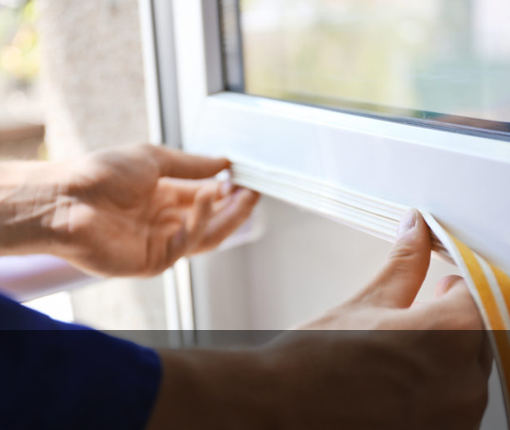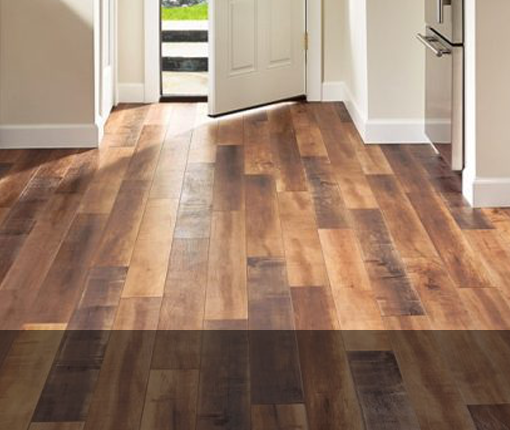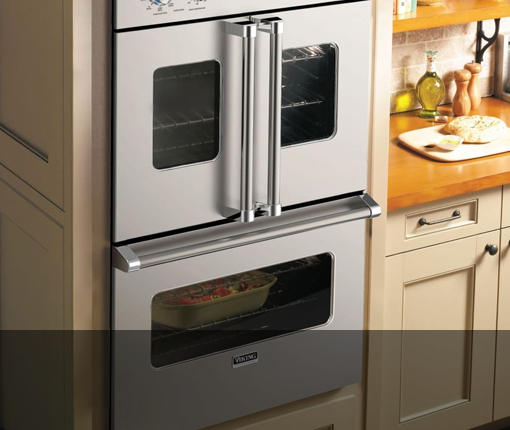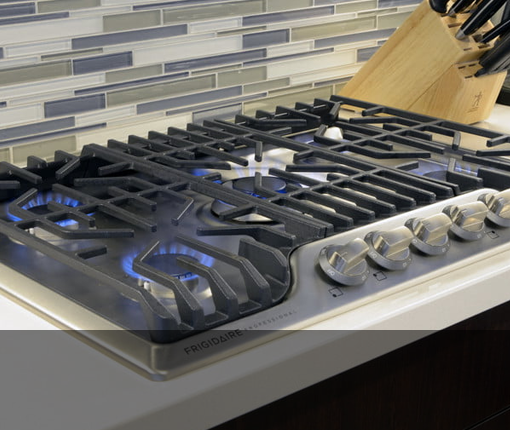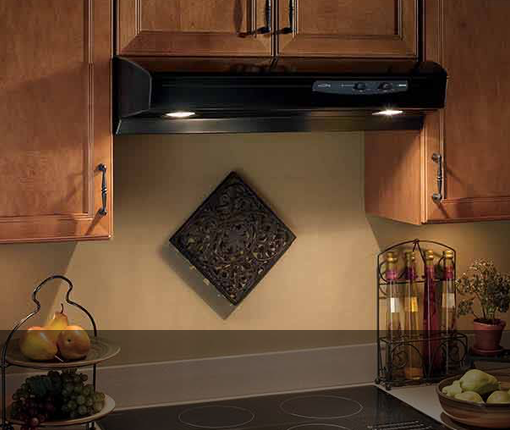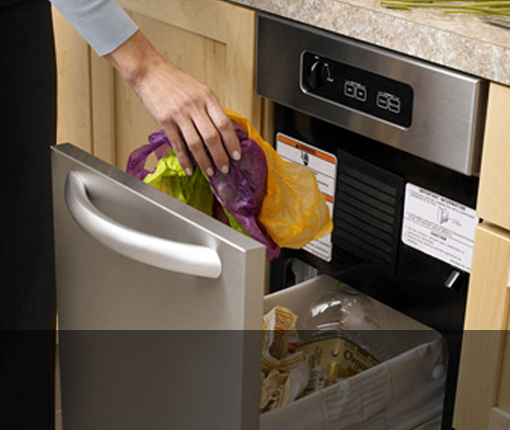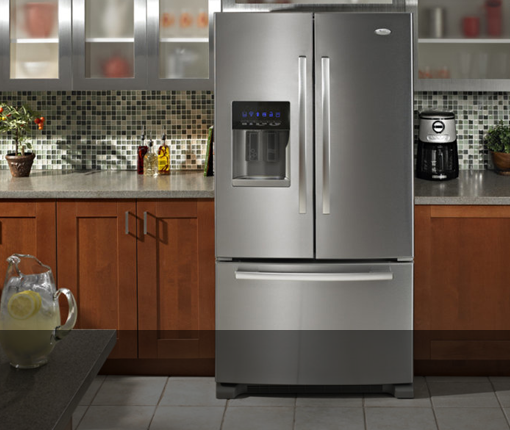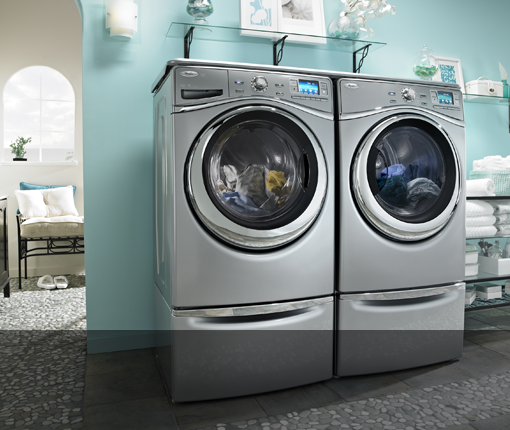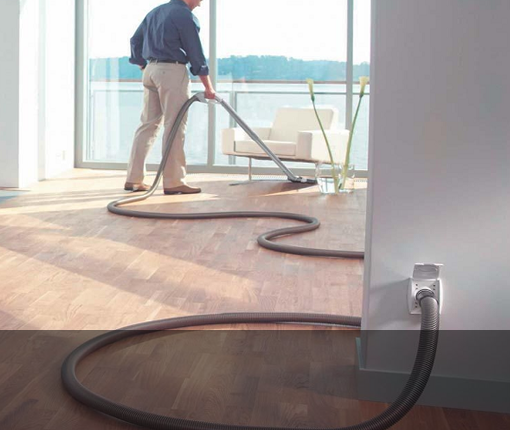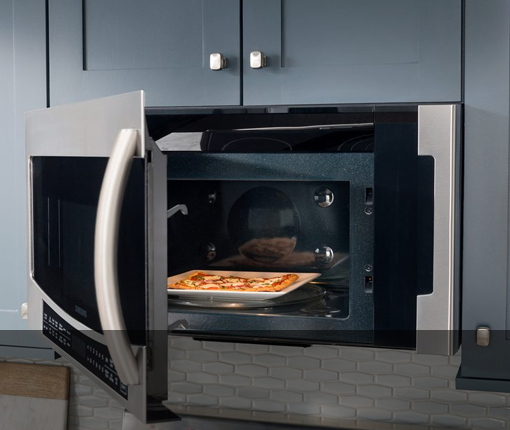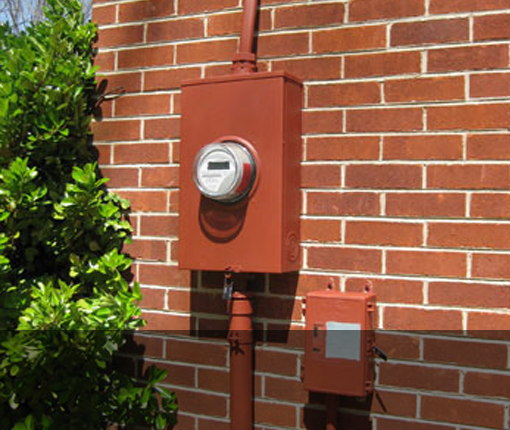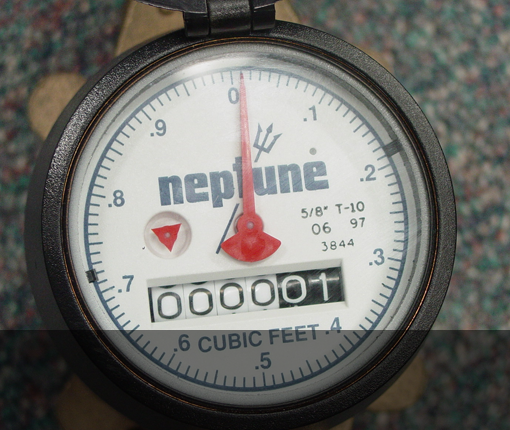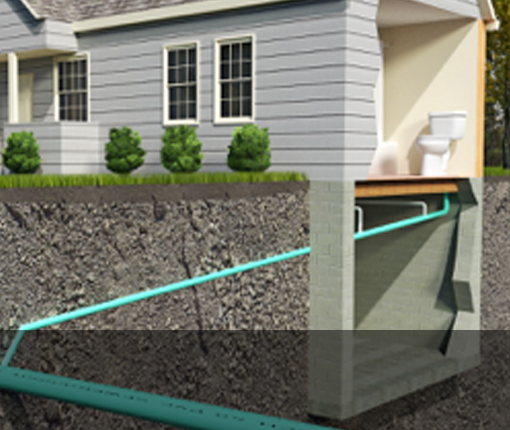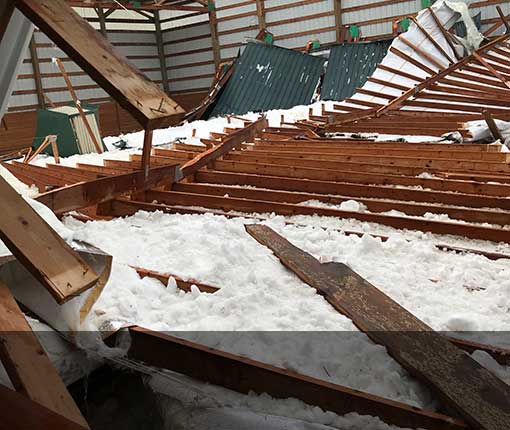Washers and Dryers
Washing Machines
Washers and dryers are two of the industrial revolutions greatest gifts to mankind. If you don’t appreciate clothes washing machines, just take your dirty laundry down to the river. Experience what it takes to get your clothing sparkling fresh and clean again by pounding it against a rock and hanging them on a tree! Observe also how quickly your shirts, and temperment, deteriorate in the process.
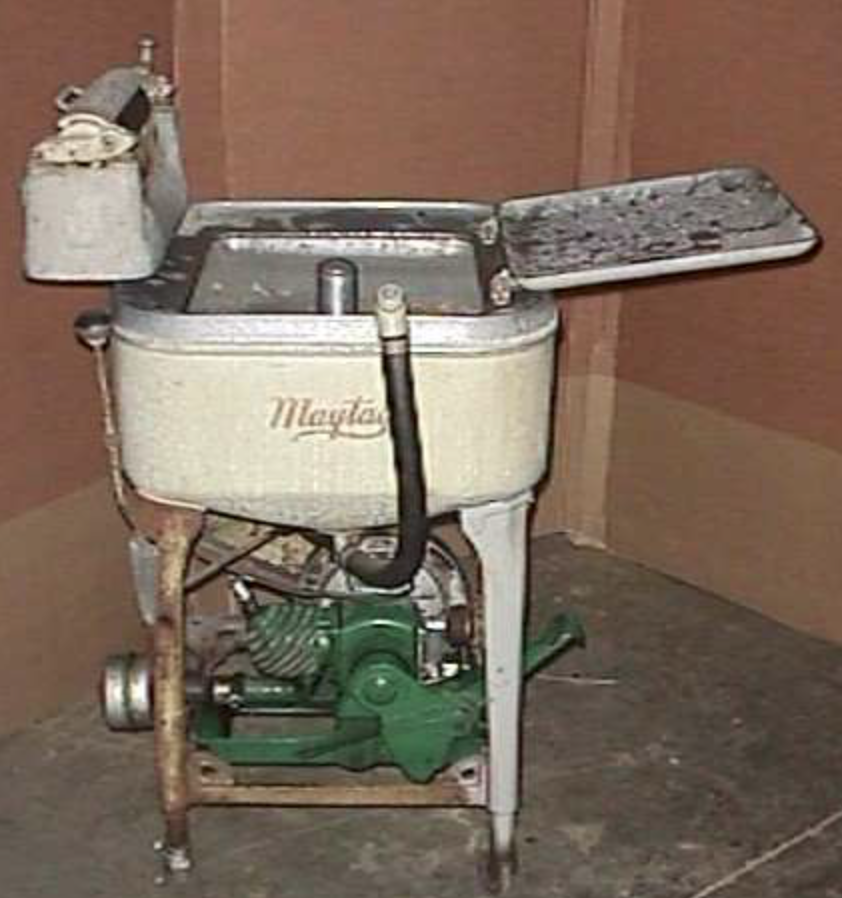
Early Maytag washing machines actually ran on small gas engines. These noisy things came with flexible exhaust pipes. The exhaust could then be aimed out the window while the laundry was in progress and thus avoid asphyxiation from Carbon Monoxide poisoning! We’ve come a long way for sure.
In all fairness, advances in soap technology have also played a huge role in making washing machines possible. With modern detergents, the washing machine can operate more gently and delicately on your expensive underwear.
Recent technological advancements in washing machines include: front loading, low energy use, low water use, ultra-spin cycles to remove almost all the water, (thus saving drying time), variable load sizes and built-in, hand wash baskets for your ultra-delicate things.
Keep your washing machine mildew free
Modern front loading washing machines offer many benefits. First, they look great! They can also be stacked or placed on pedestals to make them fit almost any space conveniently. In addition to their sleek modern design they are much more energy and water efficient than their top-loading predecessors. Clothing comes out of these washers nearly dry thanks to a high speed spin cycle. This reduces dryer runtime to almost nothing.
Service needs
There is one quirk with front loading machines that may make your clothes smell musty. Mold. Because of their design, front loaders tend to retain some water in their tubs after the wash cycle finishes. This residual moisture is a problem.
Enough moisture remains so that mold can quickly begin to grow around the inside folds of the door seal. An easy preventive measure is to simply leave the appliance door open so that air can circulate and keep the seal dry. If that’s not possible, you can manually dry around the edges of the seal after each use. Running an empty cycle through the machine once per week with a mildew killing tablet can also help keep the interior parts fresh and free of mildew and mold. If you can, just make it a housekeeping habit to leave the door open and wipe clean around the inside edges of the seal after each use.
To-Do
- Find your appliance’s owner’s manual and place it in a secure location for instructions on your specific appliance. If you have lost the manual or want a second copy, you can usually find them on line.
- I recommend that washing machines (and all water handling appliances for that matter) be fitted with an emergency drip pan in case of leaks. Especially if the appliance is located on or adjacent to expensive wood or painted finishes.
- Stainless steel should only be cleaned with warm sudsy water or a special cleaner made specifically for stainless steel. Always wipe the surface of stainless steel in the direction of the “grain” only with a soft completely clean cloth.
Maintenance
- 1x per month: Inspect and clean the drum interior and soap dispenser. If you have hard water and note lime scale beginning, consult your manual about using a descaling agent. Use only water to clean the soap dispenser as whatever is used here will end up in the next wash cycle. Run a rinse cycle after each cleaning.
- 1x per year: Pull the washing machine out once a year to inspect the area for leaks, then thoroughly clean the area behind and on the floor.
- 1x per year: Washing machines have two water hoses and a drain pipe that need to be inspected every year and checked for tightness to the water valves as well as to the appliance. Fully operate both hot and cold water valves to keep them working and avoid corrosion building up. Clean or replace the filter screens inside the hoses.
- 1x per year: Check the grounded (three prong) electrical cord for any fraying and that it is well connected to the outlet.
- 12x per year: Inspect the rubber gaskets around the main lid or door and remove any mold that may be developing.
- 1x per year: Check the drain hose to be sure that it is firmly connected to both the plumbing drain pipe and washer and that it is free flowing.
- Every 5 years: Replace the water hoses every five years even if they look fine. Use only high quality, heavy duty hoses with good fittings and washers. If these hoses fail you have a risk of a damaging flood on your hands.
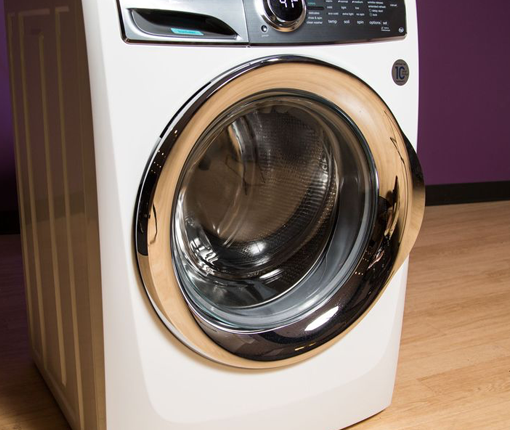
Dryers
If you have a washing machine you will likely want to have a clothes dryer to match. Dryers are fairly simple appliances and basically tumble your clothes around in a hot environment. While warming and tumbling the clothes, the machine extracts the moist air and exhausts it to the outdoors in order to dry them.
Since the moisture extracted from the wet clothes must be exhausted to the outside, it is important to keep the exhaust ducts firmly connected, clean and free flowing. When the ducts don’t work, neither will the dryer. See how to maintain your dryer duct here.
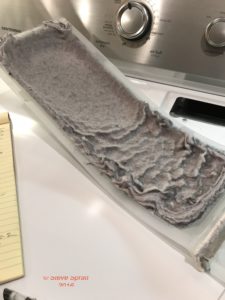
If your clothes are taking too long to dry, the cause is usually a clogged or poorly designed duct system. In addition, broken ducts can allow the moist air to get into the home setting up a high humidity environment that is conducive to mold.
Some newer models are now equipped with steam generators that apparently help to remove wrinkles from certain clothing. This seems strange to me given that the purpose of a dryer is to remove moisture not put it in. Also, modern dryers have many electronic settings and sophisticated controls.
Dryers can be had in either electric or gas models.
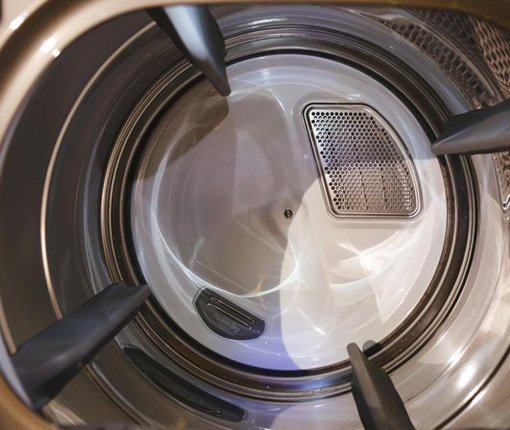
To-Do
- Regular service for the dryer is critical for both the home and the appliance. Without regular maintenance, the dryer will not work properly.
- It is important that the built-in dryer screen be removed, cleaned and properly replaced after every use.
- Find your appliance’s owner’s manual and place it in a secure location for instructions on your specific appliance. If you have lost the manual or want a second copy, you can usually find them on line.
- For natural gas dryers, continually sniff-check the area for possible gas leaks.
- Stainless steel should only be cleaned with warm sudsy water or a special cleaner made specifically for stainless steel. Always wipe the surface of stainless steel in the direction of the “grain” only with a soft completely clean cloth.
Maintenance
- 1x per year: Your dryer needs to be pulled out of its resident space once a year and the area behind thoroughly cleaned and inspected.
- 1x per year: A flexible duct/hose connecting the appliance to the wall should be removed, inspected, cleaned and/or replaced. You must ensure that the duct is clean, intact, fully sealed and the connections are tight and leak free.
- 1x per year: Dryer ducting from the wall to the exterior also needs to be thoroughly cleaned. There is a lint screen on your dryer that catches some of the lint from your clothes as they dry in the warm air circulating around on the interior of the appliance. When I say “some” of the lint, I mean the largest pieces. Smaller bits of lint get around or through the screen and end up in the dryer’s duct to the outside where it builds up over time and will eventually block air flow. This is why the duct needs to be thoroughly cleaned every year.


